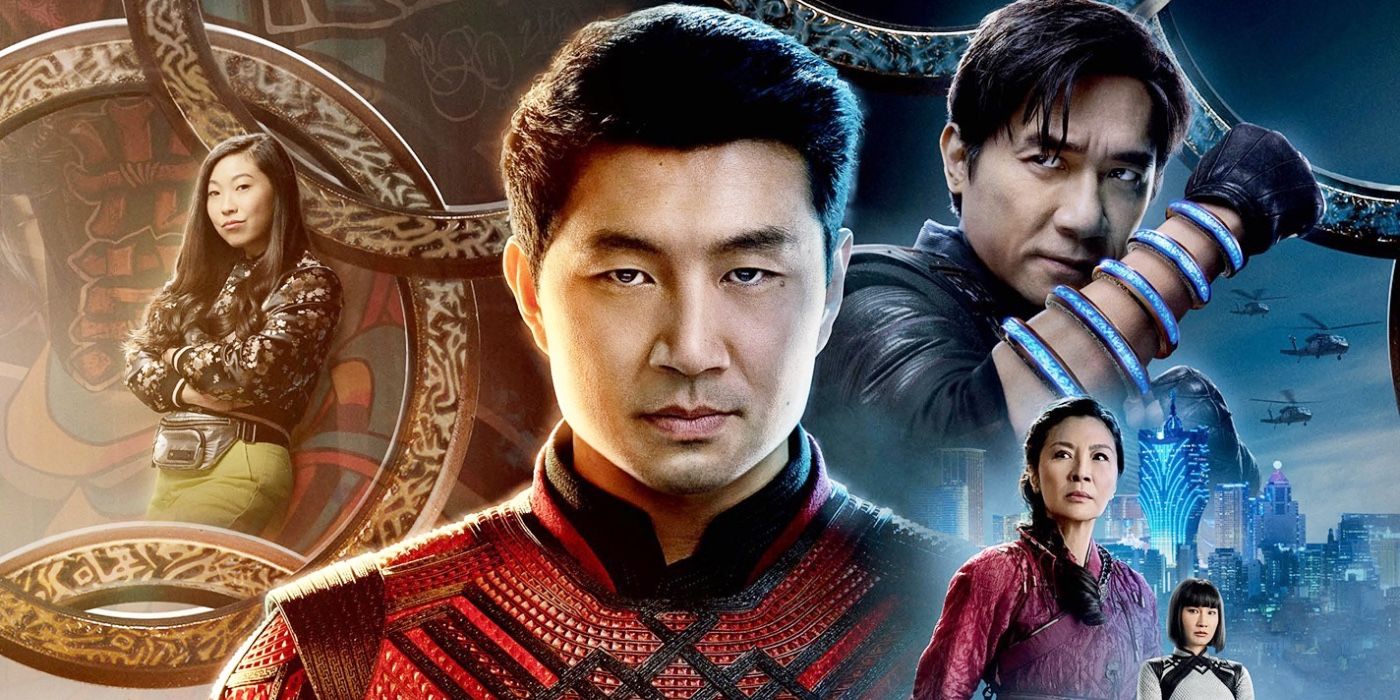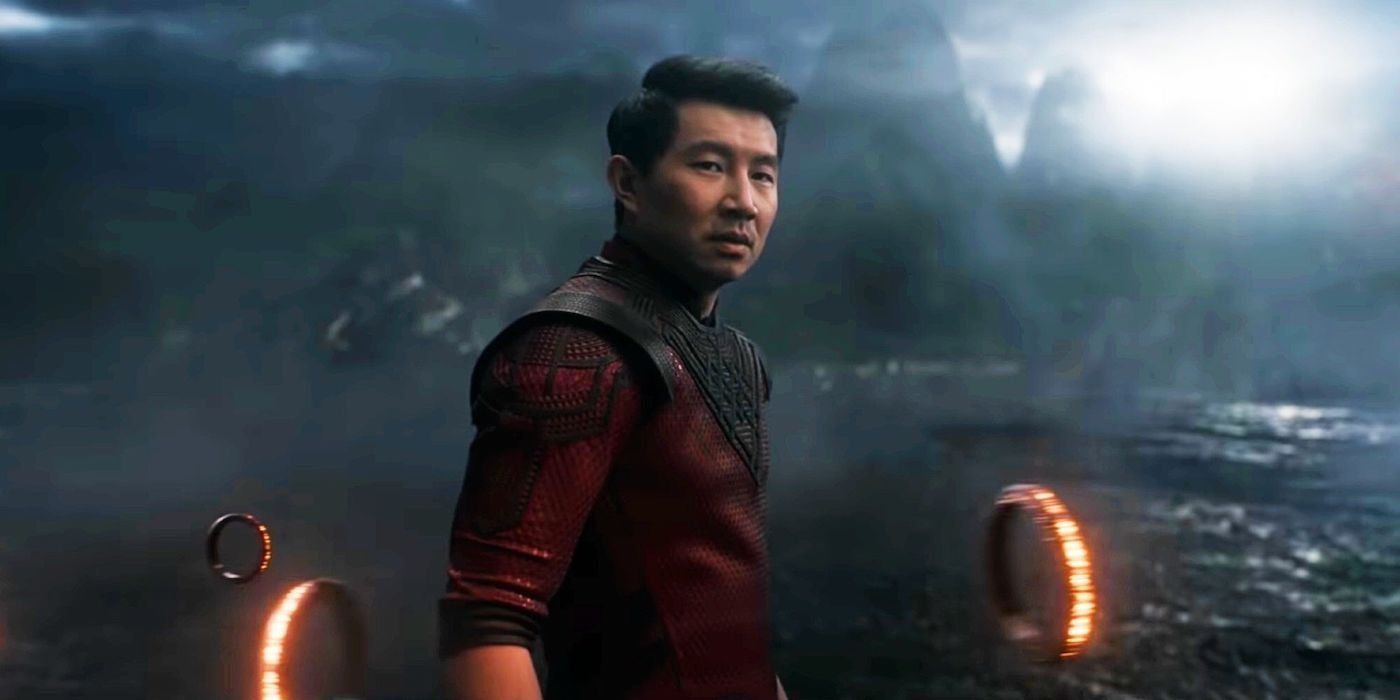WARNING: The following contains spoilers for Shang-Chi and the Legend of the Ten Rings, now in theaters.
More than simply just starring a Chinese superhero, Shang-Chi and the Legend of the Ten Rings showcases plenty of Chinese culture and philosophy in between all the martial arts action as the Master of Kung Fu makes his grand entrance into the Marvel Cinematic Universe. From the difference in the main characters' fighting styles to the film's use of color and costuming, there are more subtle themes prevalent in East Asian culture that help enhance the story that filmmaker Destin Daniel Cretton is crafting. Here's a quick overview of some of the cultural elements in the Marvel Studios movie.
One of the most striking elements of Shang-Chi is its use of color, primarily noticeable in the costumes of its cast throughout the film. When Shang-Chi's mother Ying Li is first introduced, she is wearing a bright green outfit, matching her environment, which remains unconquered by the outside world; similar to Western cultures, the color green symbolizes nature in China. In most of the film, the villainous Wenwu is wearing black, which, again similar to Western cultures, represents evil. In more welcoming scenes, Wenwu wears white to highlight Ying Li's healing influence but reverts to an all-black ensemble by the film's final battle. When training to impress his father as a teenager, Shang-Chi similarly wears black but wears red by the film's end, with the crimson color representing happiness, vitality and fire in Chinese culture.
The changes in fighting styles also highlight cultural sensibilities in Shang-Chi, present right from the movie's prologue in 1996. Wenwu always employs a close-fisted martial arts style, favoring sheer power in his blows, one also favored by Shang-Chi when he trains as a boy. In contrast, Ying Li and her fellow villagers in the fantasy village of Ta Lo use a more gracefully balletic style inspired by wuxia cinema. Ying Li's sister Ying Nan teaches her nephew Shang-Chi this fighting style when he arrives, flowing like water and turning the opponent's energy against them. This gives Shang-Chi the edge he needs to stand toe-to-toe against his father.
On a more metaphysical level, Shang-Chi and Wenwu form a sort of yin and yang, the idea of dual, complementary forces in the universe. Before being killed, Ying Li informed her son that he was comprised of both aspects of his parents, the light and dark together in a single individual. In addition to the dual colors of the yin and yang, a bird's eye view of Shang-Chi and Wenwu's fight has them briefly form the symbol's familiar circle, with both men serving as the symbol's dots. One last evocation of the yin and yang has the water dragon, the Great Protector, quickly fly into the symbol's outline. Additionally, water, which also comprises the magical map Wenwu uses to find Ta Lo, symbolizes life in Chinese culture.
More than just being primarily set in China and bringing in many fantastical creatures and other sensibilities from Chinese culture, Shang-Chi and the Legend of the Ten Rings weaves in enough symbolism and thematic content that helps underscore its cultural underpinnings. From conflicting fighting styles, colors cluing audiences into the temperance of its characters and symbols like the yin and yang and water dragon appearing prominently, Shang-Chi provides more than just superhero action for action's sake but something that quietly weaves in the culture of its main cast.
To see these philosophies at work, watch Shang-Chi and the Legend of the Ten Rings in theaters now.



